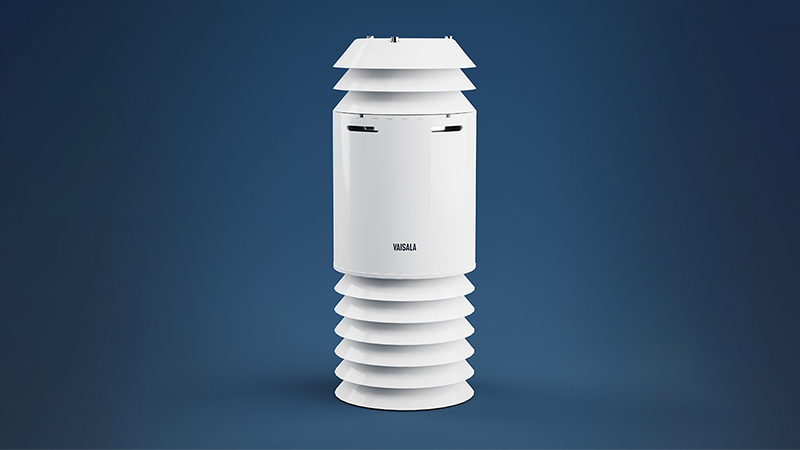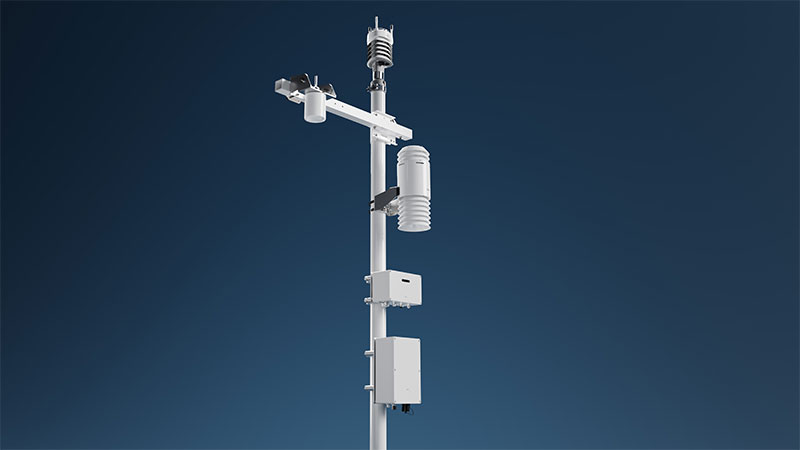Invisible, Yet Deadly: Why We Must Take Air Pollution Seriously—and Measure It Smarter
Air pollution is one of the most serious environmental and public health threats we face today—even at surprisingly low concentrations. It’s a silent, invisible danger that is often underestimated because it doesn’t always produce immediate symptoms. Yet, the long-term health effects of air pollution can be devastating.
A recent article in The Guardian (Air pollution causing 1,100 cases a year of main form of lung cancer in UK) highlighted a striking comparison between lung cancer death rates in the UK and Finland. The UK experiences four times more deaths than Finland, and while smoking habits vary, researchers at the Finnish Institute for Health and Welfare (THL) point to air pollution as a key contributing factor. This finding underscores the significant, often overlooked role that air quality plays in long-term health outcomes.
What’s alarming is that poor air quality isn’t always obvious. During my travels in the UK, I never noticed any visible smog or strong odors—nothing that would signal danger. But that’s exactly why air pollution is so dangerous: it can’t always be seen or smelled. It builds up gradually, damaging our lungs, hearts, and overall health without clear warning signs.
This is why air quality monitoring is essential—not only in visibly polluted cities but even in places that appear clean. A clear sky does not guarantee clean air. And although Finland consistently ranks among countries with the best air quality, continued vigilance is critical. Clean air today doesn’t ensure clean air tomorrow.
Around the world, especially in parts of East Asia, millions of people are still exposed to harmful levels of air pollution. Ironically, many of the regions suffering the most lack access to reliable monitoring solutions. Traditional reference-grade air quality sensors are expensive, bulky, and require technical expertise, making large-scale deployment difficult in high-risk areas.
This is where compact air quality sensors like Vaisala AQT560 come in. When paired with the VaisalaBeam Weather and Environmental Station, it offers a cost-effective, scalable, and easy-to-use solution for continuous, real-time air quality monitoring. Despite its compact size, the AQT560 delivers high-quality, trusted data that can empower cities, governments, researchers, and businesses to make informed decisions and take meaningful action.
In a world where we can’t always see what’s harming us, data becomes our strongest line of defense. The AQT560 and Beam Station put powerful air quality insights into more hands—because clean air isn’t a luxury—it’s a right.




Add new comment